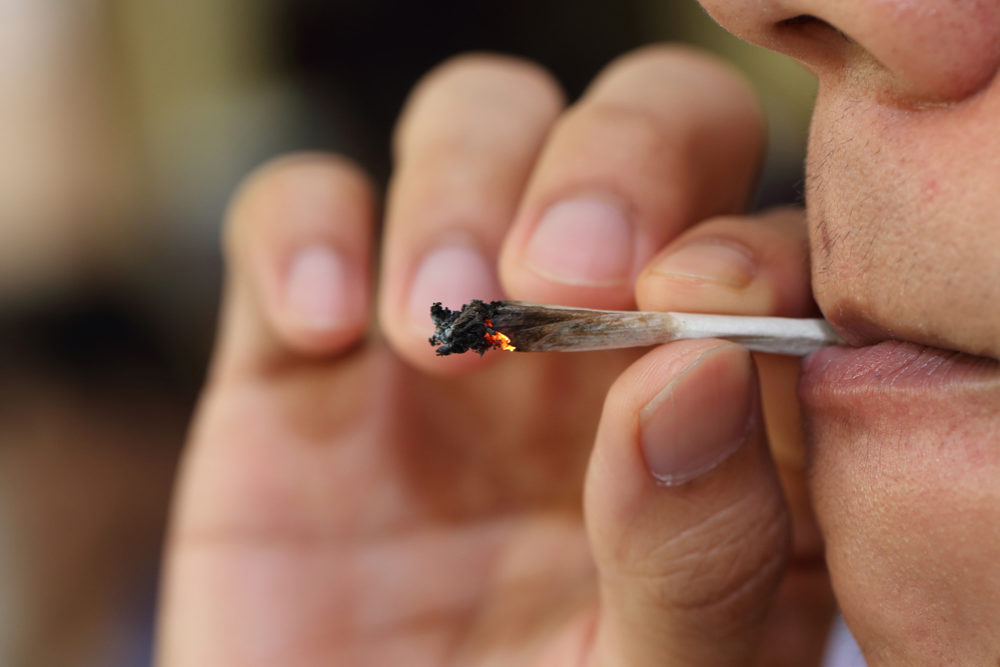Marijuana Car Accident Risks Highlighted By Increase on 4/20 “High Holiday”: Study

New research indicates helps underscore the risks associated with driving under the influence of marijuana, indicating that there is an annual spike in fatal accidents on April 20, which is a “high holiday” when many individuals celebrate marijuana use, which is increasingly legal and available in the United States.
In a study published this week in the journal JAMA Internal Medicine, researchers warn that there was a 12% increase in fatalities stemming from car accidents during the 4/20 holiday, when compared to any other day of the year.
April 20 is increasingly recognized nationwide as the “High Holiday,” a counterculture celebration focused on marijuana use. With a growing number of states legalizing forms of marijuana use, sales of typically surge in advance of the 4/20 holiday, and many events are scheduled each year on April 20, where participants smoke marijuana together.

Did You Know?
Millions of Philips CPAP Machines Recalled
Philips DreamStation, CPAP and BiPAP machines sold in recent years may pose a risk of cancer, lung damage and other injuries.
Learn MoreCanadian researchers focused on comparing fatal crashes on April 20, compared to other control days. The results suggest that there is a clear increased risk of dying from an auto accident on that day.
The study used data on fatal motor vehicle crashes from the United States National Highway Traffic Safety Administration’s Fatality Analysis Reporting System (FARS). FARS includes data on all crashes involving cars traveling on public roads where at least one person died.
The study compared 25 years of data, from January 1992 to December 2016. Researchers chose 1992 because that is the first full year after High Times magazine, a magazine dedicated to marijuana culture, popularized the term 4/20 as the marijuana holiday.
Additionally, 4:20 p.m. is the most likely time for marijuana use on any given day. Since 1992, the term and celebration of 4/20 has grown significantly.
Researchers compared the number of drivers involved in fatal traffic crashes between 4:20 p.m. and 11:59 p.m. on April 20 each year to the number of drivers involved in fatal traffic crashes during the same time on controls days. Control days were one week earlier and one week later, April 13 and April 27, for each year.
An average of 1,300 crashes occur after 4:20 p.m. on April 20 each year, which compares to roughly 2,400 crashes for both control days combined.
The data indicates that there is a 12% increased risk of being involved in a fatal traffic crash after 4:20 p.m. on April 20. Most Americans don’t celebrate the counterculture holiday, however, the risk translates to all drivers on that day, regardless if they use marijuana, because they are sharing the road with marijuana users who may be impaired.
The study notes that the risk of fatal crashes was significantly higher on that day for young drivers, and there were also increases in risk noted for New York, Texas, and Georgia. The risk was lower for Minnesota.
Research has shown an increase in “drugged driving” in recent years. A report published in 2015 warned drugged driving was as dangerous as drunk driving. Nearly 40% of fatally injured drivers tested positive for drugs, including marijuana.
The NHTSA launched an initiative to target drugged driving across the U.S. The program was launched specifically to counter the recent legalization of marijuana in some states, as well as the growing opioid painkiller abuse epidemic.
Researchers warn that driving simulation studies indicate higher blood cannabis concentrations decrease reaction time and increase changes in speed and lane position.
Get more articles like this sent directly to your inbox.
"*" indicates required fields




0 Comments